TP - After 14 years since the National Assembly voted not to approve it, the North-South high-speed railway project was brought back to the parliament, and delegates discussed it enthusiastically on the morning of November 13.
TP - After 14 years since the National Assembly voted not to approve it, the North-South high-speed railway project was brought back to the parliament, and delegates discussed it enthusiastically on the morning of November 13.
Unlike in 2010, the top concern of delegates was not the tens of billions of USD or the worry of public debt, but the issue of technology transfer for self-sufficiency, thereby "activating" the development of the domestic railway industry.
“We do not only have the North-South high-speed railway project, but also a series of other projects being considered for investment and construction, such as the Ho Chi Minh City-Can Tho railway project, the railway to the Central Highlands, urban railways in Hanoi and Ho Chi Minh City...
Therefore, the important issue is not capital or public debt, but technology transfer and technology mastery, so that from this project, we will "activate" the development of the domestic railway industry, thereby proactively implementing construction", Member of the National Assembly's Finance and Budget Committee, National Assembly delegate Hoang Van Cuong told Tien Phong reporter.
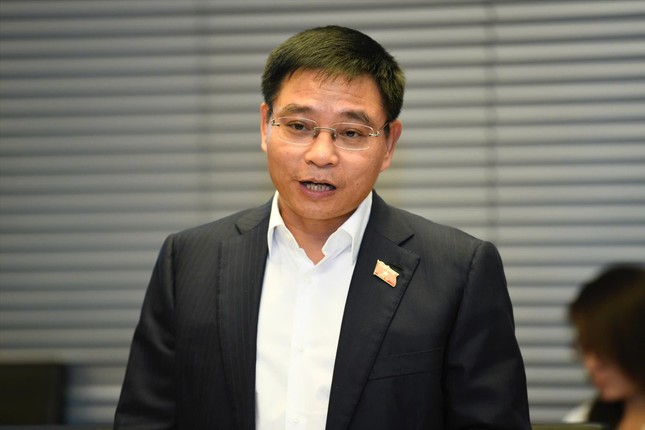 |
Minister of Transport Nguyen Van Thang affirmed that Vietnamese enterprises will undertake and own the project. Photo: Nhu Y |
Stimulate the development of the railway industry
What Mr. Cuong said was also the issue emphasized by Minister of Transport Nguyen Van Thang when presenting the Government's report to the National Assembly on the investment policy for the North-South high-speed railway project. According to Mr. Thang, compared to 2010 - the time when the National Assembly had not yet approved, the context of the scale of Vietnam's economy has changed a lot.
Specifically, the size of Vietnam's economy has now tripled compared to 14 years ago, with public debt at only 37% of GDP (lower than 56.6% in 2010). "Resources for project investment are no longer a major obstacle," said Mr. Thang.
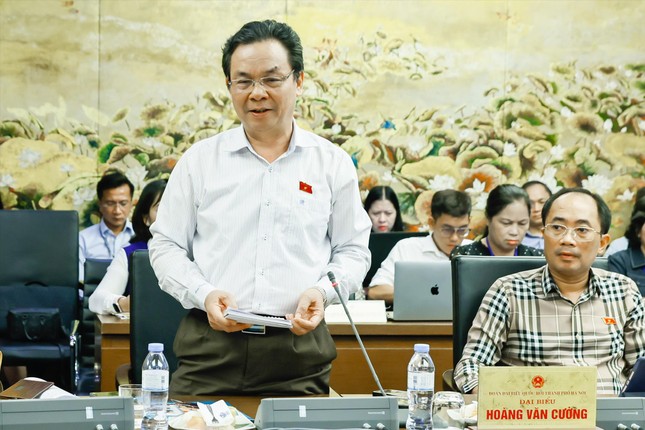 |
National Assembly Deputy Hoang Van Cuong proposed mandatory technology transfer when implementing high-speed railway projects. |
Regarding benefits, the commander of the transport sector said that in addition to meeting transportation needs and promoting economic and social development, the project will create momentum for Vietnam to master the railway construction industry, localize the production of railway vehicles in the fields of information, signals, operations, maintenance, and repair, etc.
Talking to Tien Phong reporter about the above issue, member of the National Assembly's Finance and Budget Committee Hoang Van Cuong repeatedly mentioned the lessons from the Hanoi and Ho Chi Minh City urban railway projects. According to him, the Cat Linh - Ha Dong, Nhon - Hanoi Railway Station and Ben Thanh - Suoi Tien railway projects, due to the lack of technology transfer and standards, were different from place to place, leading to dependence and many problems.
“If we cannot master the technology and build the railway industry, will we have to buy and depend on technology from each country for each project and each route in the future? We spend 67 billion USD to implement the high-speed railway project without requiring technology transfer, which will create a burden for future generations,” said Mr. Cuong.
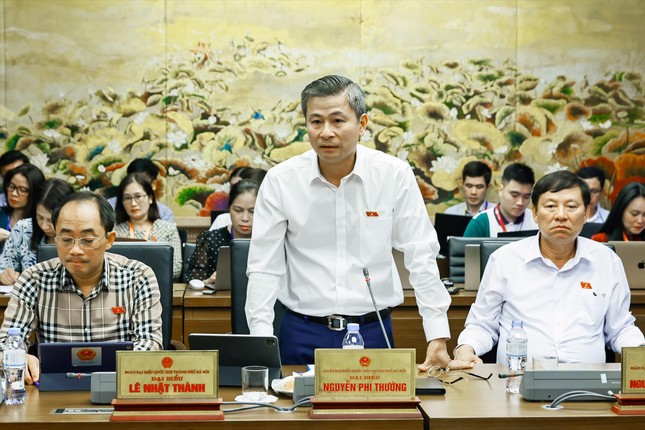 |
Director of Hanoi Department of Transport Nguyen Phi Thuong proposed to establish a unit to supervise technology transfer. |
Director of Hanoi Department of Transport Nguyen Phi Thuong said that technology transfer is very important. Referring to the actual operation of Hanoi's urban railway lines, Mr. Thuong said that there are still many shortcomings, inadequacies, and difficulties in the implementation process.
A typical example is the Cat Linh - Ha Dong project, which has been applying temporary unit prices since December 2021. Technology transfer has only stopped at training and serving the operation of the line. "In case of having to replace components, we have to depend on foreign countries," said Mr. Thuong.
“We spent 67 billion USD to implement the high-speed railway project without requiring technology transfer. If we cannot be self-sufficient in technology, it will create a burden for future generations.”
National Assembly Delegate Hoang Van Cuong
Establish a unit to monitor technology transfer
According to the Director of the Hanoi Department of Transport, technology transfer does not stop at transferring ownership of exploitation and operation but must also include the production and installation of equipment, especially core technologies such as trains, rails and signal information systems. "Technology transfer fees are one of the large and important expenses that need to be determined in the project," said Mr. Thuong.
Sharing the same view, Mr. Cuong said that if the technology is mastered, the North-South high-speed railway project will create "double benefits", especially in the development of the railway industry.
"At that time, we will be completely autonomous and confident to proactively implement other railway projects according to the plan, with an estimated value of up to hundreds of billions of USD," Mr. Cuong said, adding that we should not be too concerned about expensive or cheap issues, but should emphasize the requirement for technology transfer.
Demonstrating the great benefits of mastering technology, delegate Hoang Van Cuong recalled the experience of "lightning-fast" construction of the 500 kV line 3 project. Thanks to mastering technology, domestic contractors have implemented the spirit of "overcoming the sun, overcoming the rain", "3 shifts, 4 shifts", helping the project to be completed in a record short time.
According to the member of the National Assembly's Finance and Budget Committee, technology transfer helps "open the door" for Vietnamese enterprises to participate in the project, from the construction stage to the production of rail systems and carriages...
To effectively implement technology transfer, Mr. Thuong recommended requiring foreign companies participating in bidding to form joint ventures with domestic contractors, complete technology transfer negotiations with domestic companies and sign complete technology transfer contracts before bidding.
Foreign companies that cannot sign a transfer contract before bidding will be disqualified. The Director of the Hanoi Department of Transport proposed establishing a department to inspect, supervise and evaluate the implementation of technology transfer with evaluation criteria.
"Vietnamese businesses must definitely take the lead"!
Regarding the issues of technology transfer raised by delegates, at the discussion session in groups about this project, Minister of Transport Nguyen Van Thang said that previous metro projects were carried out without experience and without an idea of how to implement them, plus the ODA loan mechanism requires constraints on choosing lending partners, so it is very disadvantageous.
“If we depend on foreign partners, it will be very costly. Vietnamese enterprises must definitely take responsibility and be the masters.” Minister of Transport Nguyen Van Thang
Therefore, with the North-South high-speed railway project, when choosing a partner, we must find a contractor with good quality, reasonable price and technology transfer, not depending on foreign loans.
“If there is a loan, it will not exceed 30% of the total investment, divided by year about 46,000 billion VND (1.85 billion USD/year). The project will mainly use domestic capital, if there is a foreign loan, it must be cheaper than domestic capital and the mechanism must be non-binding, so that during construction there is no dependence and constraint on technology,” Mr. Thang affirmed.
According to Mr. Thang, there were many opinions in the past that foreign partners should be required to transfer technology. However, the Government and the Ministry of Transport agreed to select a number of large enterprises under the Ministry of National Defense and a number of private enterprises, designating them as national enterprises to receive technology transfer and participate in the project. "If we depend on foreign partners, it will be very costly. Vietnamese enterprises must definitely take responsibility and take ownership," Mr. Thang affirmed.
According to the Government's report, the North-South high-speed railway project has a length of 1,541 km; a design speed of 350 km/h; and a total investment of about 67.34 billion USD. The project is expected to start construction in 2027 and strive to basically complete the route by 2035.
Source: https://tienphong.vn/67-ty-usd-dau-tu-du-an-duong-sat-toc-do-cao-bac-nam-tu-chu-tranh-le-thuoc-post1691285.tpo




![[Photo] "Beauties" participate in the parade rehearsal at Bien Hoa airport](https://vstatic.vietnam.vn/vietnam/resource/IMAGE/2025/4/11/155502af3384431e918de0e2e585d13a)


![[Photo] Looking back at the impressive moments of the Vietnamese rescue team in Myanmar](https://vstatic.vietnam.vn/vietnam/resource/IMAGE/2025/4/11/5623ca902a934e19b604c718265249d0)
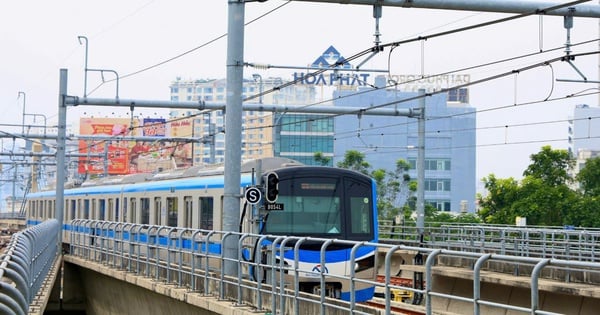

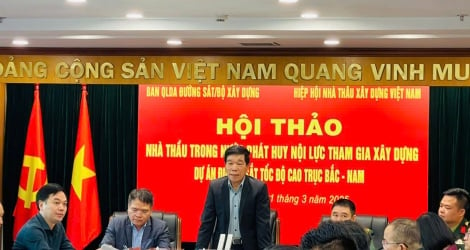

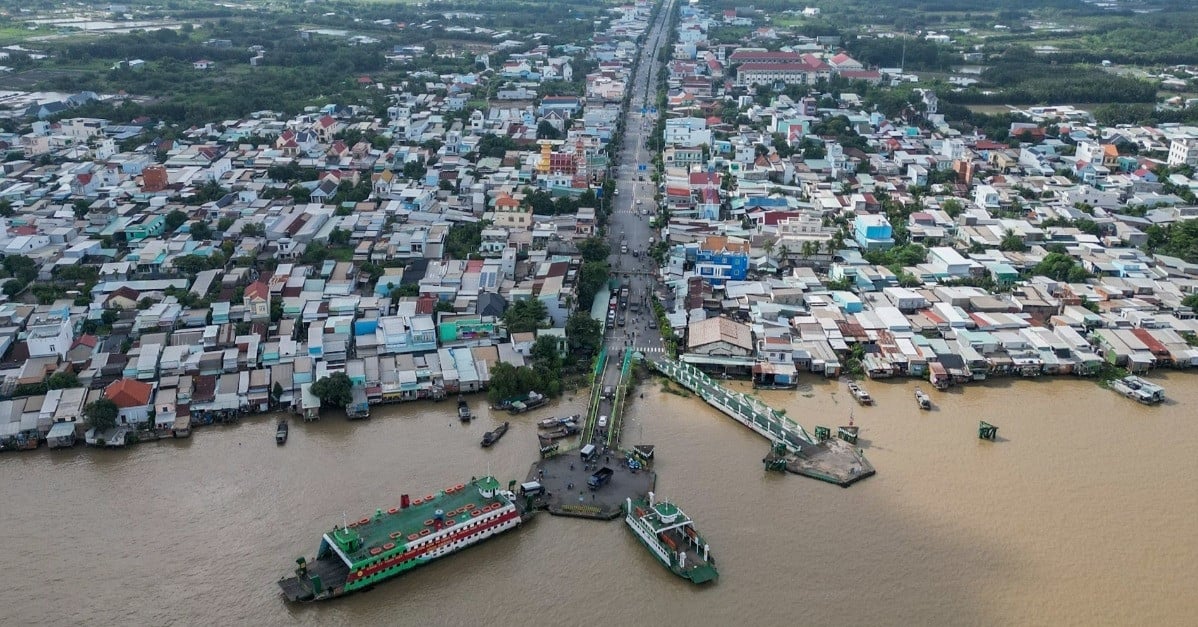

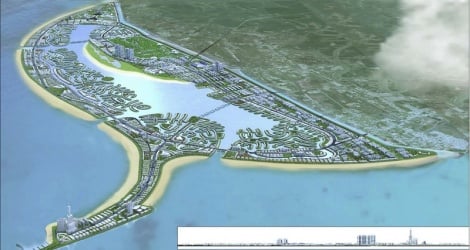
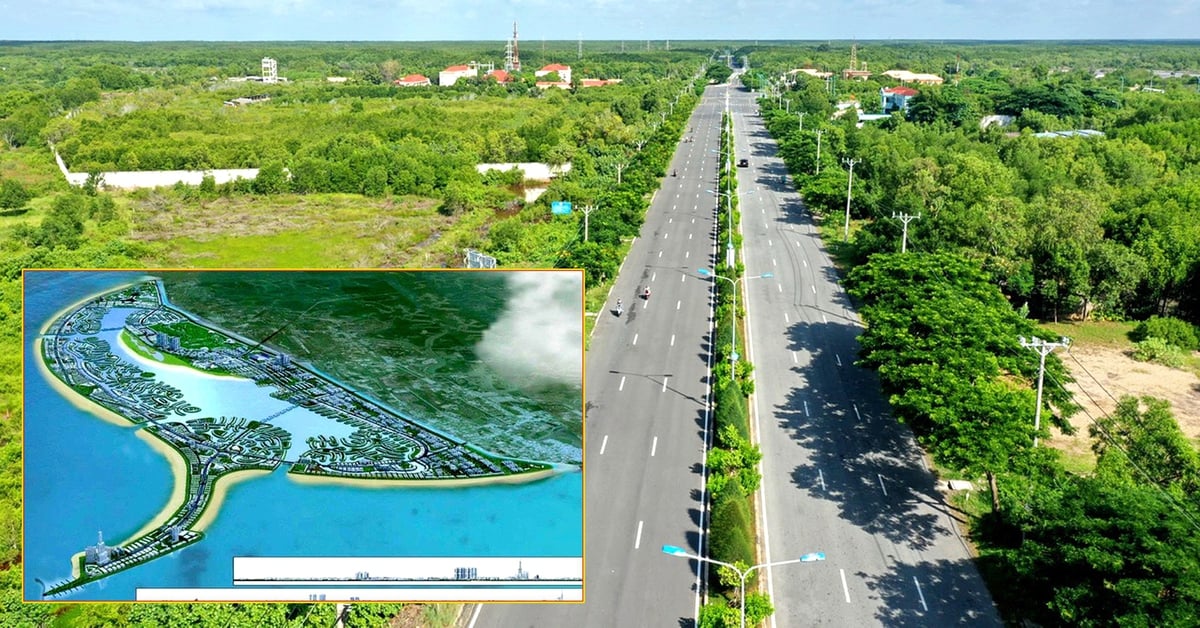

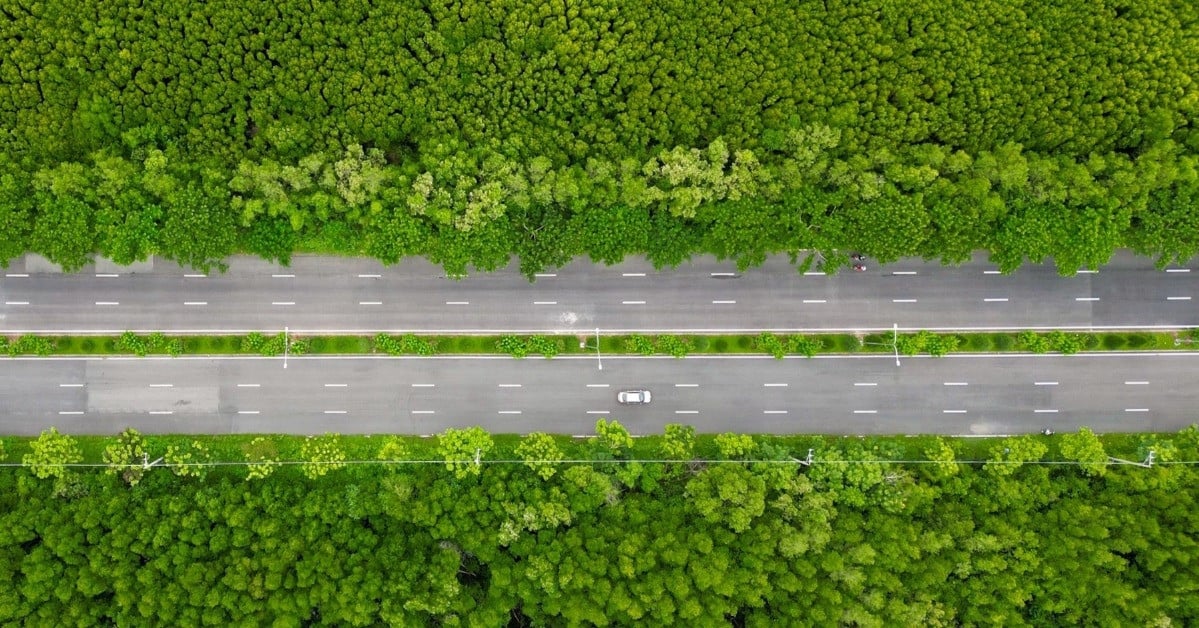
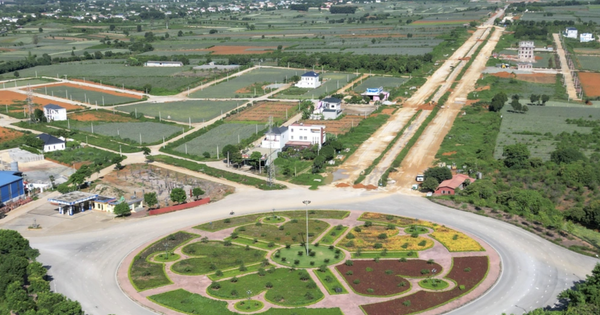



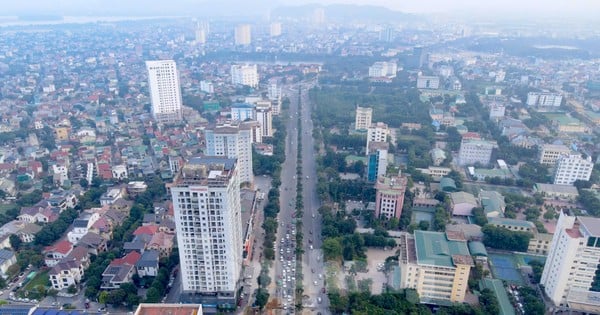
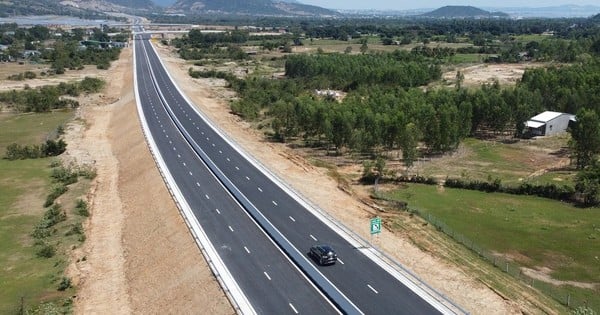



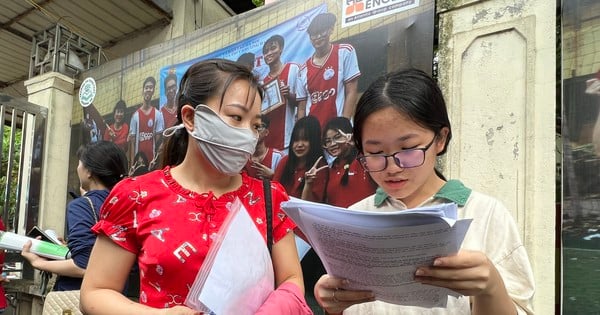
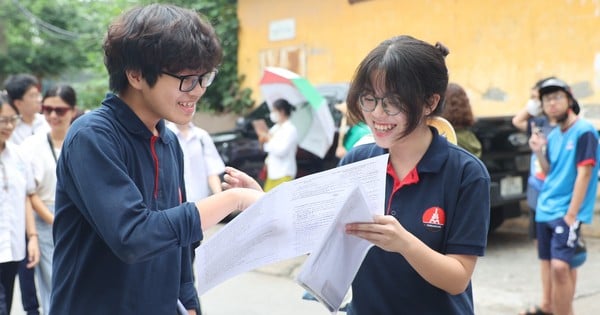

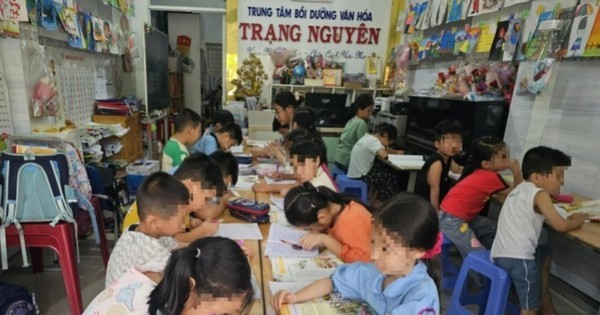


![[Photo] Summary of parade practice in preparation for the April 30th celebration](https://vstatic.vietnam.vn/vietnam/resource/IMAGE/2025/4/11/78cfee0f2cc045b387ff1a4362b5950f)








































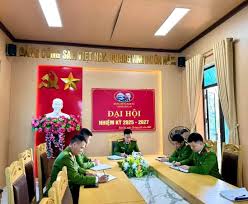

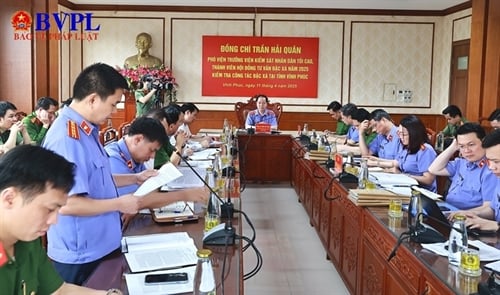



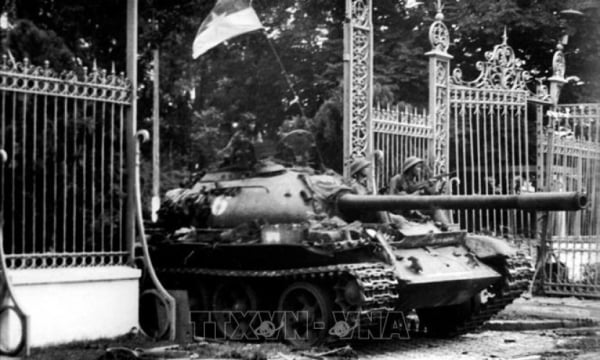











Comment (0)